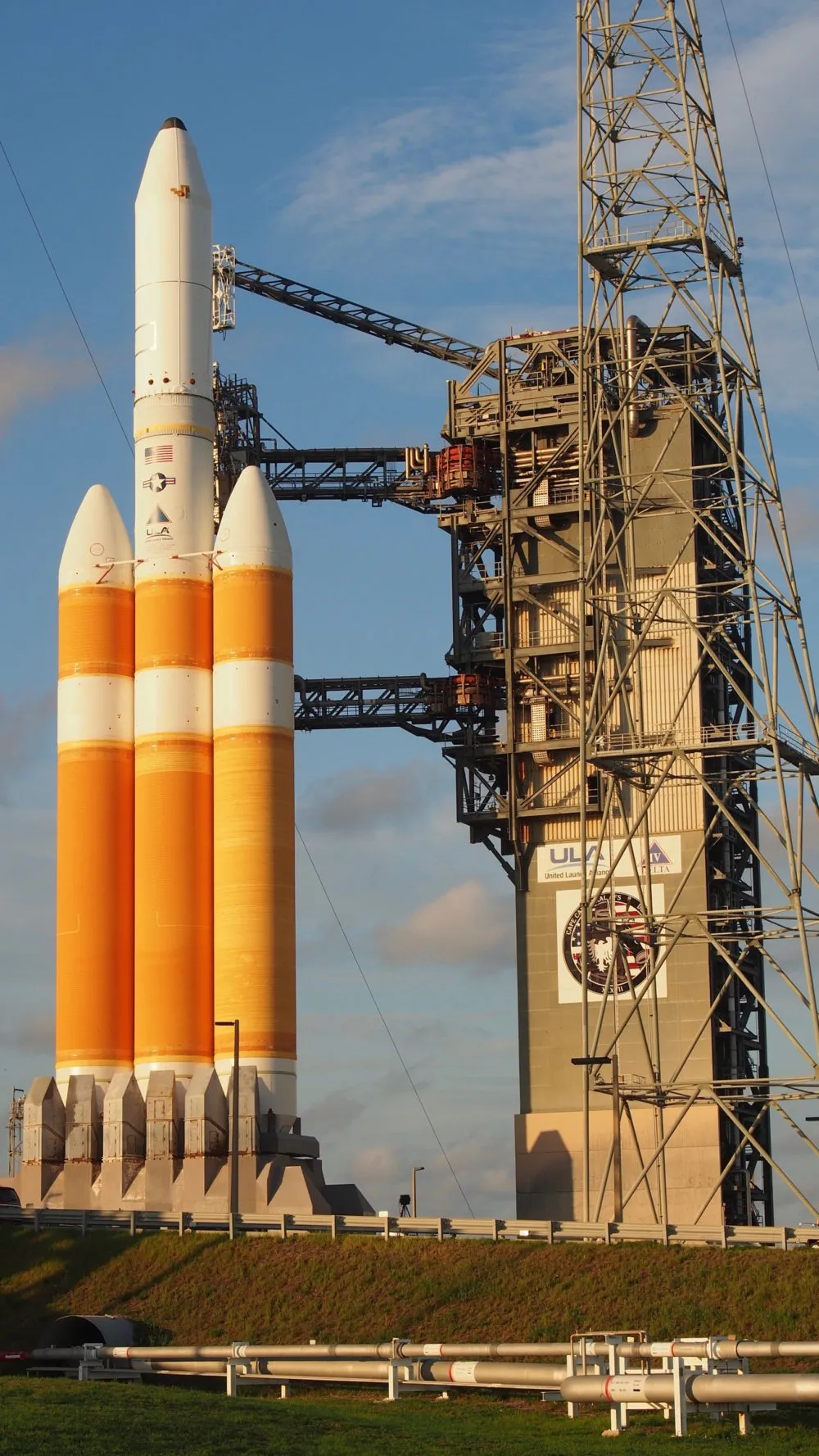Delta IV is a launch system operated by United Launch Alliance. It uses four strap-on solid rocket boosters (SRBs) and a liquid-fueled first stage to lift payloads into low Earth orbit (LEO). Delta IV rockets are launched from Cape Canaveral Air Force Station in Florida and Vandenberg Air Force Base in California.
The Delta IV family of rockets was designed to provide an evolutionary upgrade path from the existing Delta II and III vehicles. The first Delta IV launch took place in 2002, and since then over 50 launches have been conducted.
Delta IV rockets come in three different configurations: the Medium+(M+), Heavy, and Extra Heavy. The M+ version is capable of launching payloads of up to 8,300 kg (18,300 lb) into LEO, while the Heavy can lift up to 14,600 kg (32,200 lb) into LEO. The largest member of the family, the Extra Heavy, is capable of lifting 28,700 kg (63,400 lb)into LEO.
Delta IV rockets are used tolaunch a variety of payloads including communications satellites, weather satellites, national security satellites, and science missions. Notable recent launches include NASA’s Parker Solar Probe mission to study the Sun’s atmosphere and the Joint Polar Satellite System-1 (JPSS-1), which is tasked with providing critical weather data for global forecasting.
Looking to the future, ULA plans to phased outthe DeltaIV rocket in favor of its new Vulcan Centaur launch vehicle. Vulcan Centaur will be more cost effective and capable of launching heavier payloads than DeltaIV. The first launch of Vulcan Centaur is currently scheduled for 2021.


